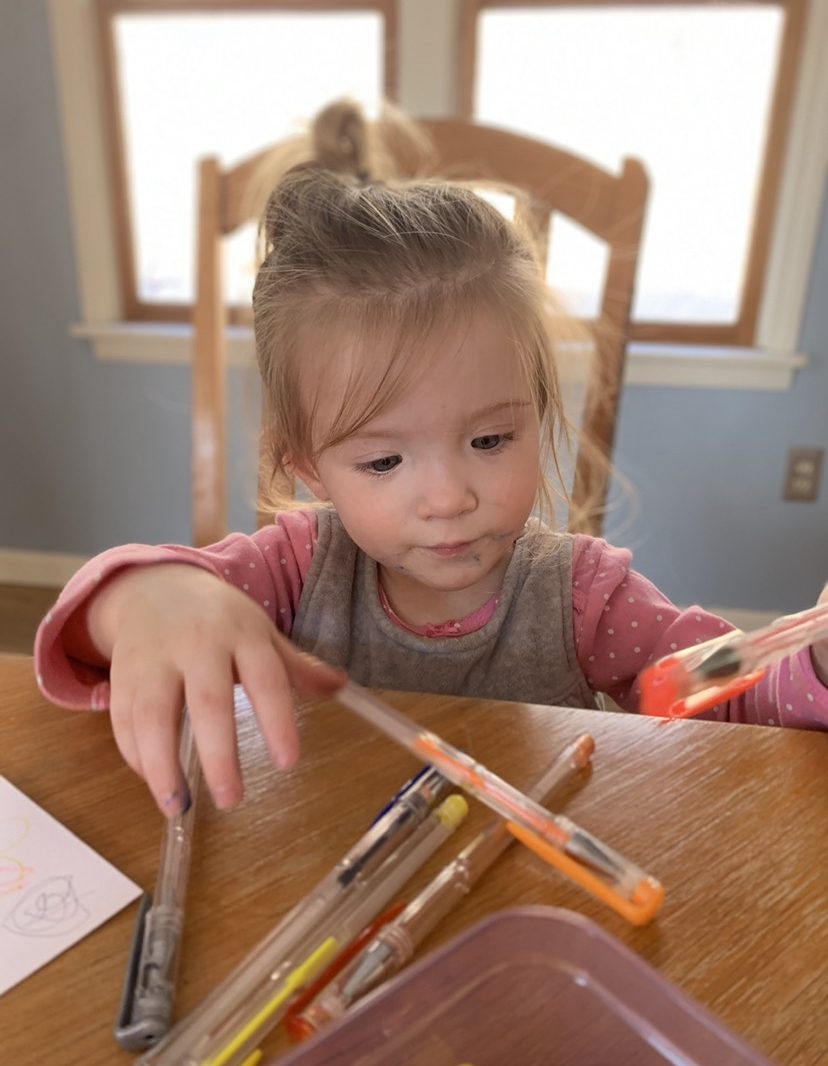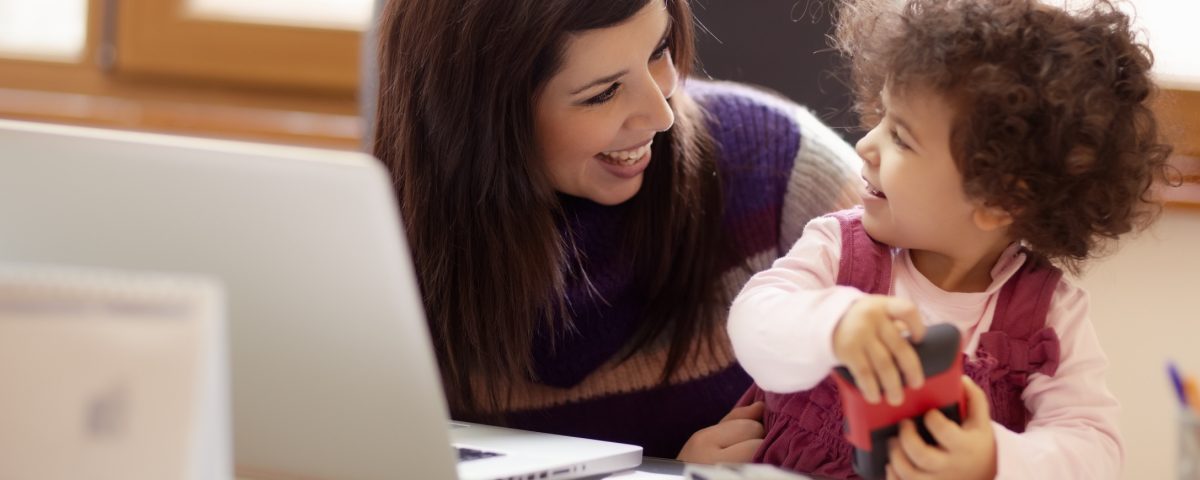The COVID-19 health pandemic, and the chaos it has left in its wake, has put a strain on everyone, but as providers of Early Intervention, we are concerned about the impact on the very youngest children and their families. After several months of delivering Early Intervention services remotely, we have come to learn that there is some misinformation and confusion regarding telehealth: why it’s being used, what it is, what it isn’t, what it looks like, and the potential benefits of this model. This informational piece is intended to provide some clarity around telehealth for families, referral sources, and community partners.
Why Telehealth?
Thom Child and Family Services is committed to providing therapeutic support to children and their families in the safest way possible. At this time, based on recommendations from the Massachusetts Department of Public Health and our advisors, we are providing our services through a telehealth model to reduce community spread of illness. Research validates that it is important for young children and their families to receive early intervention services. Telehealth provides a safe alternative to providing in-person support, especially during this time.
What is Telehealth?
Telehealth is the delivery of early intervention services using distance technology (computers, tablets, or phones) when the therapist and child/caregiver are not in the same physical location. The technology is used to connect providers with parents or other caregivers in ways that support their child’s learning and development through their daily activities and routines. Research states that “telehealth both necessitates and supports the use of family coaching strategies” (Stredler-Brown, 2017).
What is the Family Coaching Model?
The family coaching model, which has been used in early intervention for many years, is a style of interacting with families and caregivers that is designed to promote a sense of confidence and competence. This approach has been shown to increase family engagement as families learn to apply what they have learned during the session and incorporate this knowledge into their daily routines. Using a telehealth model, the early interventionist is able to effectively share her/his knowledge and expertise in ways that families find encouraging and reassuring. All early intervention services are customized for each individual family. Service providers work closely with families to tailor services to meet their changing needs.
What about Screen Time?
For good reason, many parents worry about their child being exposed to too much screen time. However, using the family coaching model, early intervention clinicians can minimize child interactions with the screen. By communicating directly with the parent or caregiver, the therapist provides techniques and strategies that will allow the family to help and teach their child. In this approach, children are more engaged with their caregiver than they are with the clinician or the screen. EI service providers will be happy to address any concerns you have with regard to your child’s screen time.
Reflections on Telehealth: Family Perspectives

A testimonial from Allison, an EI mom, about her daughter, Olive and her EI provider, Carol: “Carol has been our one constant throughout this pandemic. Olive went a few weeks without seeing Carol when the quarantine began. When we switched to tele-visits, I asked Olive “Do you want to call Carol?” Olive had maybe ten words when she started EI. But when I told Olive she could call Carol, she yelled “CAROL! I love Carol.” Carol makes us feel special — the kindness and compassion she shares with us seems too phenomenal to duplicate with every client she sees, but I know that she does, because she cares. I look forward to our calls twice a week. Our family has had such a great experience with Early Intervention through Carol and your program. We look forward to continuing our work with her and are so thankful for all of the language Olive has acquired.”
When speaking about continuing early intervention services through telehealth, Jacquie, another EI parent said, “Keeping that connection with Heidi [our therapist] has made a difficult time a bit more manageable. Early Intervention is amazing and I don’t know what we would do if we didn’t have it.”
Reflections on Telehealth: Staff Perspectives
One Thom clinician shared that using the telehealth model requires her to adapt her techniques to a full parent coaching model. Without the ability to be hands-on with the child, she is able to focus entirely on supporting and coaching the parent/caregiver during daily routines. To her delight, several parents who were previously hesitant when trying to help their child with developmental strategies have truly embraced these interactions and all that they are learning. They look forward to playing with their child in ways that support the goals that they would like to see their child achieve.

Sarah, a speech-language pathologist shared that, “There have been some wonderful benefits of seeing families in a telehealth model. First, some parents that would normally be out of the house working full-time have the opportunity to be coached directly by a therapist in their home environment. Once the parents develop the skills needed to work with their child, and the child catches on, the parents get to see the child learn new skills directly from them. Also, you get to see what happens in real time in the home environment. Let’s say a child has a short attention span and the parent is chasing the child from one activity to the next. We can suggest things such as putting a child-sized table with child-sized chairs in the living room and see if the child will attend to one activity at a time. Also, because I am working on a computer, I have resources at my fingertips to send to families from my resource library on my computer. Finally, we can work towards helping families realize what items they can use that they already have at home. For example, egg cartons and Popsicle sticks as makeshift pegboard or Tupperware containers or cans to build with instead of blocks.”
What does a telehealth session look like?
The following video clip below shares one family’s story of how telehealth services have been helpful to them during the COVID-19 pandemic:


